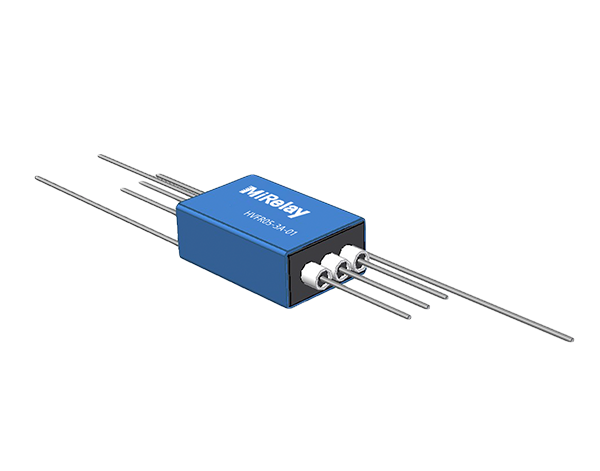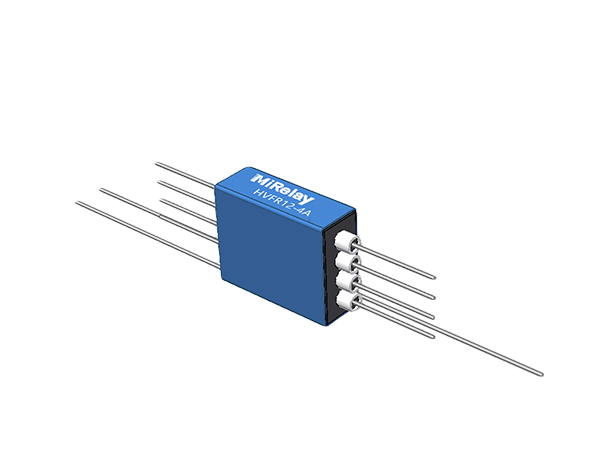Application of High Pulse Current Testing System -- Reed Relay HGFR and HVFR Series
Keyword:
Relay
Electronic components
Classification:
Details
High pulse current can verify that the tested device can handle high current or surge current without degrading performance, and it can also prove that the chip has been sufficiently bonded to its substrate. Since each component needs to undergo multiple tests requiring different voltages, currents, and detection equipment, the isolation of each component is also crucial. Therefore, it is essential to select the right switching device to ensure the success of the system. This switching device needs to be able to carry high pulse currents without distorting the pulse current and must maintain reliability even after billions of continuous on-off operations. Electromagnetic relays can carry high currents, but mechanical wear will begin after 1 million operations. Semiconductor switching devices typically cannot support high current and high voltage simultaneously within a single chip. To address this issue, using a Mikolai relay that includes one or more reed switches can meet the above requirements.
The Mikolai relay HGFR and HVFR series are specifically designed for detecting pulse high currents.This series can perform billions of switching operations on low-level signals and can carry the same number of high current pulses. The HGFR and HVFR series reed relays can continuously carry 3 amperes of current, and can handle 5 amperes of pulse current for up to 5 milliseconds without distorting its leading or trailing edges. For higher pulse currents, it is recommended to wait at least 5 milliseconds after energizing the coil before applying high pulse currents. Pulse currents allow designers to determine the integrity of the chip and ensure it is correctly placed on the substrate for efficient operation.
Message
If you want to ask questions, we will send experts to contact you within one working day. Please leave your contact information.
Related Content









